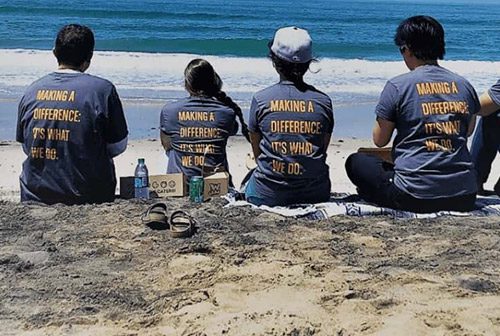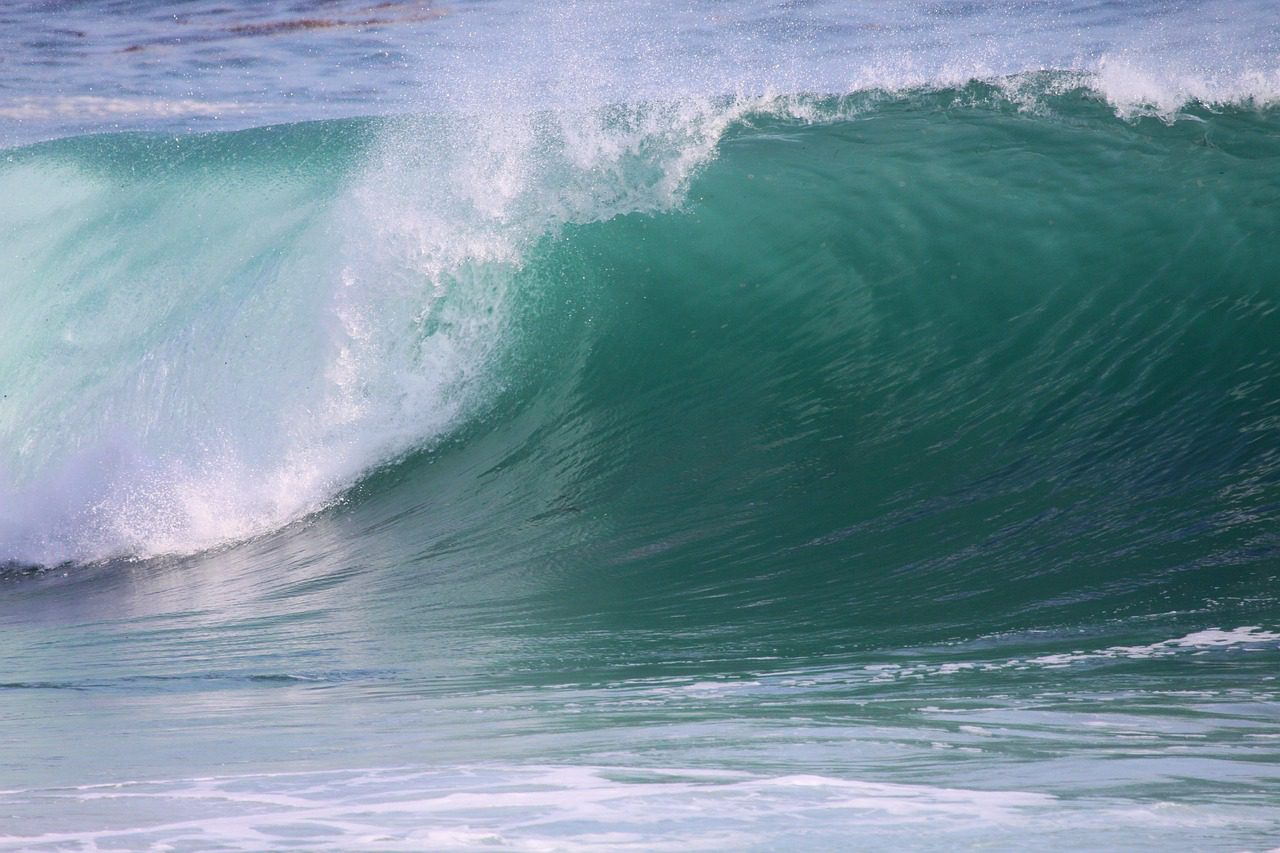San Diego has aquaculture projects of various sizes and purposes in San Diego County. Each is a different form of aquaculture–which means they are in the business of fish production. While each of these projects exists today, there is also a major fish farm proposed in federal waters off San Diego’s shoreline that has our attention–Rose Canyon Fisheries.


But, we thought it could be helpful to explore the variety of other aquaculture projects that currently reside in San Diego County–two located on the shoreline and three located inland. These fish farms operate under established permits and/or standards created to protect the region’s water quality, include regular monitoring to ensure the standards are met, and are in waters and lands leased from the government with an accompanying property right to locate there. These fish production businesses must adhere to water quality rules, and violations can be addressed through traditional legal and public comment means, and ultimately they remain accountable to our Regional Water Board and the general public. Many of these standards and avenues to ensure accountability would not apply to the proposed Rose Canyon Fisheries project mentioned above.
Nearshore Aquaculture
Leon Raymond Hubbard, Jr., Marine Fish Hatchery in Agua Hedionda Lagoon in Carlsbad
The facility can produce over 350,000 juvenile white seabass annually, which get sent to one of 12 to 15 volunteer-run net pen facilities located on the coastline from San Diego to Santa Barbara. San Diego’s net pens are located in a boat slip in Mission Bay and at the foot of Grape Street Pier in San Diego Bay. When the fish reach a certain size, they are released into the ocean, free to grow to adulthood and reproduce in the wild for fishermen to catch.
Carlsbad Aquafarm, Inc. in Agua Hedionda Lagoon in Carlsbad
Since 1990, this floating shellfish farm cultivates blue mussels, pacific oysters and seaweed. It now has a secondary line of products for “live-feed” that includes micro and macro algae, copepods, amphipods and brine shrimp. The farm uses sustainable suspended long-line fishing methods that cause minimal impact on the marine habitat, wild fish populations, water quality and the marine environment. Each day over 600 gallons of fresh seawater from the Pacific flows through the lagoon, providing a clean source of seawater and nutrients for the shellfish. This farm uses lab testing and UV purification systems to monitor environmental impact.
Inland Aquaculture Projects
Portable Farms in Escondido and Tilapia Mama
Escondido has a tilapia farm called Portable Farms that says it uses a sustainable set up to produce tilapia and fresh vegetables simultaneously. The facility keeps tilapia in a 900-square-foot barn filled with pools and breeding tanks. Each year in a 6’ by 8’ space, it can produce 100 pounds of fish and 400 heads of lettuce without using soil or fertilizer. Tilapia Mama features a similar set-up and offers classes to anyone who wishes to learn how to raise tilapia and make their own backyard fish farm.
California Koi Farms in Fallbrook


The Center for Aquaculture Technologies in San Diego
This facility handles work in salmonoids, shrimp, tilapia and zebrafish. It started in 2012 with a focus on advanced technologies to improve aquaculture productivity. It aims to expand its research facilities in fall 2015, which it says will house additional cold and warmwater marine and freshwater species.















